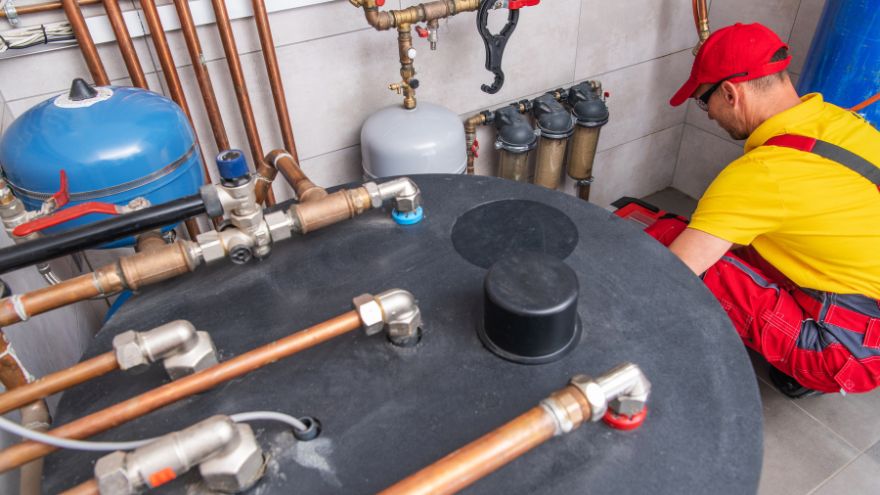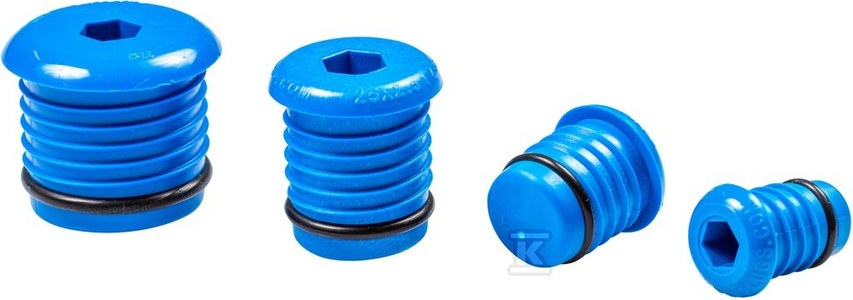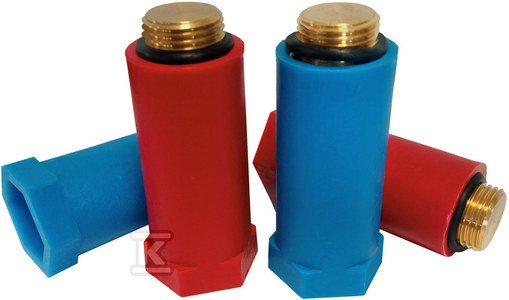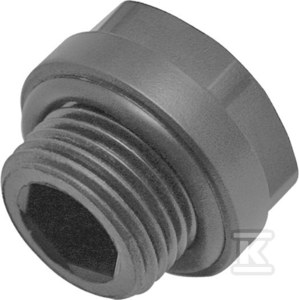The tightness of the installation is a key element of safety, especially when it comes to gas installations. This is an extremely important issue related to avoiding potentially dangerous situations, such as gas leaks or explosions. Therefore, checking the tightness of the gas installation is not only a legal requirement, but above all, care for the life and health of users.

Check the leak test plugs at the Onninen wholesaler
When is it worth performing a tightness test of the installation?
 A leak test should be performed when a new gas installation is constructed and is about to be put into operation. Another situation is the implementation of any reconstruction, because all changes must be verified whether they have not resulted in leakage of the system. A similar procedure is performed when carrying out renovation works. Carrying out a leak test of the gas installation is particularly important, because in this case even small leaks can be extremely dangerous to health and life.
A leak test should be performed when a new gas installation is constructed and is about to be put into operation. Another situation is the implementation of any reconstruction, because all changes must be verified whether they have not resulted in leakage of the system. A similar procedure is performed when carrying out renovation works. Carrying out a leak test of the gas installation is particularly important, because in this case even small leaks can be extremely dangerous to health and life.
In the past, the so-called pressure tests using a water jet, however, this solution is currently being abandoned because it carries risks. The use of water injected under pressure may result in water remaining in the pipes, and a humid environment is an ideal place for the development of bacteria such as legionella. It poses a real threat to human health. The second problem related to the use of water is winter, or more precisely, the temperature drop. The water remaining in the system freezes during frosts, which may damage the system. Therefore, nowadays tests are performed more often using compressed air.
Properly conducting a leak test in the heating installation
Even though air is used much more often, the water test has not yet been completely eliminated. To assess the heating installation, specific accessories will be necessary, including fittings and clamps, thanks to which the pressure test will be effective and safe.
When conducting a leak test, remember that the minimum pressure that allows for an actual assessment should be at least 6 bar, although it is recommended that this value be the maximum operating pressure of the system + 2 bar.
 First, a preliminary test is performed, during which the pressure is gradually increased to the set test pressure value, and this procedure is repeated three times, at 10-minute intervals. Then, during the next 30 minutes, observation is carried out to check for possible leaks and leaks. The test is considered successful if after half an hour the pressure drop in the system has dropped to no more than 0.6 bar.
First, a preliminary test is performed, during which the pressure is gradually increased to the set test pressure value, and this procedure is repeated three times, at 10-minute intervals. Then, during the next 30 minutes, observation is carried out to check for possible leaks and leaks. The test is considered successful if after half an hour the pressure drop in the system has dropped to no more than 0.6 bar.
After successfully completing the preliminary test, you can proceed to the main part. In the initial stage, the system pressure is raised to the test pressure level for 2 hours. The exception is underfloor heating, for which the observation period is 24 hours. During this time, its value cannot decrease by more than 0.2 bar. It must not be forgotten that it will also be necessary to visually assess all connections in the installation, and if they are found, the test should be interrupted, the irregularities removed and started again.
Air tightness test
 The pressure test can also be performed using air. Here it is worth starting with a pressure of 0.2-0.5 bar, this is a safe value that allows you to avoid the problem of ejection of fittings if they are not properly fastened. Where the clamp is incorrect, a distinct whistle will be heard. The mounting will need to be corrected and only then proceed to the actual test.
The pressure test can also be performed using air. Here it is worth starting with a pressure of 0.2-0.5 bar, this is a safe value that allows you to avoid the problem of ejection of fittings if they are not properly fastened. Where the clamp is incorrect, a distinct whistle will be heard. The mounting will need to be corrected and only then proceed to the actual test.
The tightness test of the installation is carried out in stages. In the first step, the pressure level is referred to a level no higher than 3 bar. This value must be controlled, so it is worth purchasing a dial manometer with high measurement precision. The gas installation tightness test begins with a preliminary test, which allows for an initial assessment. Obtaining a positive result gives grounds to believe that further activities will be safe. The process is analogous to the described procedure using water.
Application and use of the leak test plug
Both in a new gas installation and after reconstruction, appropriate accessories, such as a leak test plug, are very helpful. This is an exceptionally practical and functional solution that allows for effective and convenient testing. Made of durable, solid materials that will withstand all tightness tests. The pressure test using a cork is much more efficient. This small gadget is used to plug pipes not only in the heating installation, but also in the domestic hot water system.
Leak test plugs at the Onninen wholesaler
The Onninen wholesaler offers gas installation tightness plugs in several variants. In terms of size, it is worth making sure that it matches the size of the pipe, and each of them can be blue, orange or red. Individual products also differ in the material from which they are made.
 One of the proposals is a 16x2 red Onnline leak test plug . This solution is dedicated to plugging Pex/Al/PEX and PERT/Al/PERT pipes. They help protect the building installation against construction contamination, including: during installation and passing pipes through walls to subsequent rooms. The offer also includes plugs such as Onnline 20x2 Blue Leak Test Plug andOnnline 16x2 Orange Leak Test Plug .
One of the proposals is a 16x2 red Onnline leak test plug . This solution is dedicated to plugging Pex/Al/PEX and PERT/Al/PERT pipes. They help protect the building installation against construction contamination, including: during installation and passing pipes through walls to subsequent rooms. The offer also includes plugs such as Onnline 20x2 Blue Leak Test Plug andOnnline 16x2 Orange Leak Test Plug .
At Onninen you will also find a brass Agam leak test plug, red , whose thread is made of brass. It is exceptionally durable and functional, so it can be used to test gas installations.